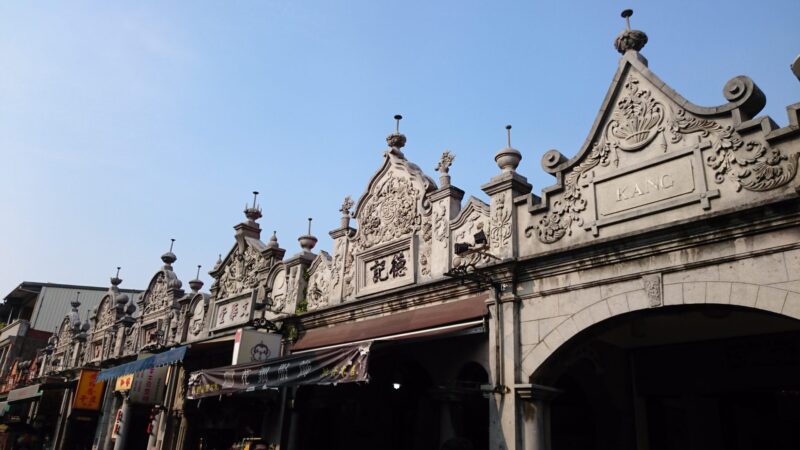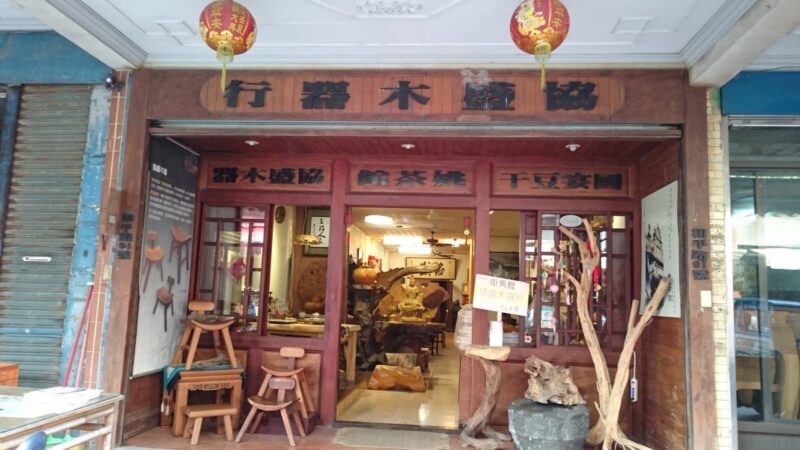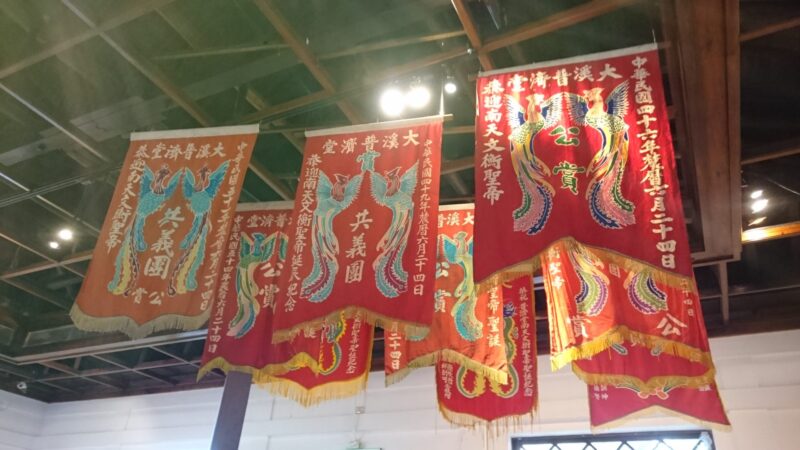【Museums Link Asia-Pacific】The Knowledge of Heritage Management Museum Professionals Should Know- Looking Back at the Current Status of Taiwan
The article is inspired by the paper published in 2015 by Darko Babić named “Social Responsible Heritage Management- Empowering Citizens to Act as Heritage Managers”. In this paper, it indicates that museums and heritages are closely linked and inseparable. Usually not only the collections but the museum itself is heritage. However, heritage management is often in charge by a few professionals rather than participated by the public who is the real users and owners of heritages. To improve the situation above, ecomuseums would be a solution to implement participative heritage management. The establishment process of every ecomuseum must be different because of the local historical context. To discuss the current status of Taiwan, we invite two researchers who have experience in the field of heritages and ecomuseums. After they read the paper above, they will share their thoughts and cases of heritage management with eco-museums in Taiwan.
Keywords: heritage management, eco-museum, regeneration of historic sites, heritage literacy, comprehensive community development
Whose heritages? Looking Back at Current Status of Taiwan
Though cultural heritages are viewed as assets shared by all human-kind, but heritage management is often in charge by a few professionals rather than participated by the public. To improve the involvement of the public, eco-museums would be a solution to implement participative heritage management.
Taking the case of Daxi Wood Art Ecomuseum, the inhabitants and professionals in Daxi worked together to collect historical sources and stories; meanwhile, they promote and preserve the local resources. Through concepts of “Knowing treasures, “Cherishing treasures" and “Displaying treasures”, the community and the museum together elevate the importance of heritage literacy for the participants.
- Join our Facebook page “Open Museum," a platform for you to know more about museums across Asia-Pacific.
reviewed by Julia
Whose heritages? The preservation of heritages relies on the independence and spontaneity in local community
Author:Miao,Tzu-Lin (MA, Graduate School of Arts Management and Cultural Policy, National Taiwan University of Arts)
Cultural heritages are viewed as assets shared by all human-kind; however, a problem worldwide is that the selection and acknowledgement of heritages are only in charge by a few professionals and the final results usually demonstrate the political opinion expected from the country. Heritages, no matter tangible or intangible, are derived from local communities; therefore, the preservation of heritages strongly depends on the independence and spontaneity in of the regional community. In addition to the role as a viewer, foreign local communities also are practitioner of heritages and promoters of the model of “eco-museums."
After reading the paper, I think of Taiwan, a small island full of different unique cultures; however, under the situation of out-of-town workers flowing to the city, social environment and advances in technology, many heritages are neglected by various reasons such as “being old-fashioned" and “being useless”, and even destroyed since they are not cost-effective. Most people tend to think only of their own interests.
Even so, there are still a small part of people working hard to maintain heritages. But many people can only think of catering service or in the sale of cultural and creative products when speaking of intangible heritages; meanwhile, intangible heritages still remains at a small scale and model of the protection for individuals. Therefore, the authority proposes a policy called “The Regeneration of Historic Sites.”
I have heard that some places in Taiwan start to work as an eco-museum. A few local communities have a lot of ambition and enthusiasm for what they have. They try to combine intangible and tangible heritages with historical stories and present them to the public. Although the whole plan is still in progress, local communities take heritages seriously and see heritage management and preservation as their own duties, showing their own interpretation for the issue. Through the influence of community, it may bring out the attention from the public and really put into the practice voluntarily to the preservation.
The importance of having heritage literacy – the movement of “Knowing treasures, “Cherishing treasures" and “Displaying treasures" at Daxi Wood Art Ecomuseum
Author:Wu,Chun-Yun (MA, Graduate Institute of Museum Studies, Taipei National University of the Arts) Photography: Sally, Tian Sz-Yu
The concept of ecomuseum was developed in France in the 1970s and has become the pioneer for participative heritage management. Darko Babić thinks that in the process of building eco-museums, the participants should realize that “heritages are knowledge” and the knowledge consist of contemporary social politics. If the participants can have the ability of building heritage literacy, it will help to outstand the power relation involving heritage management, showing respect to human diversity and achieve social responsibility in an open and democratic environment.
Daxi Wood Art Ecomuseum was established in the trend of nationally comprehensive community development in the 1990s and the first one named with “Ecomuseum." The inhabitants and professionals in Daxi worked together to collect historical sources and stories; meanwhile, they promote and preserve the local resources. In the appeal of old town mayor Lin, Xi-Da’s concepts “knowing treasures, “cherishing treasures" and “displaying treasures", in 1996, there were two voting activities for decorated archway “Treasures of Daxi" in old street, encouraging residents to preserve the facade of street house archway repaired in 1919. These events brought about the base of Daxi Historical Reconstruction Association and Takoham Culture & Education foundation.

Daxi Wood Art Ecomuseum was established in 2015 and grabbed the opportunity to keep repairing historical construction. It makes more connections between intangible heritages and residents’ memories by transforming Japanese old buildings into public ones through renovation, allowing those connections to reappear, take place, preserve and display, for example, the regular production of four joined of residence “Life and History in Daxi", and Martial Arts Dojo “Memory and Rebirth: Martial Arts Dojo, Daxi." Besides, Daxi Wood Art Ecomuseum has different kind of partnership with shop owners in old street neighborhood, inviting owner to be the directors in the Corner Halls, such as dried tofu and woodenware industries, or encouraging house owners to become the collectors of their own antiques, contributing to “Family owned Mini Museum."

Recently, Daxi Wood Art Ecomuseum has joined Daxi Pu-Ji Hall Lord Guan Christmas celebration and pilgrimages which are started from 1914 and listed it as an intangible heritage of Taoyuan City in 2011. Daxi Wood Art Eco-museum brings folk festivals into public. Also, the series activities in Daxi have reach into all levels of the society and ensure the continuity and new concepts to everyone.

It is important to sort out how to guide the momentum that different parties – different local groups, government officials, and experts; who all have different perspectives, have put in to the concept of “knowing treasures, “cherishing Treasures” and “displaying Treasures”, and come to an mutual agreement to share the enthusiasm and continuously contribute to interpreting and preserving of the heritages.

